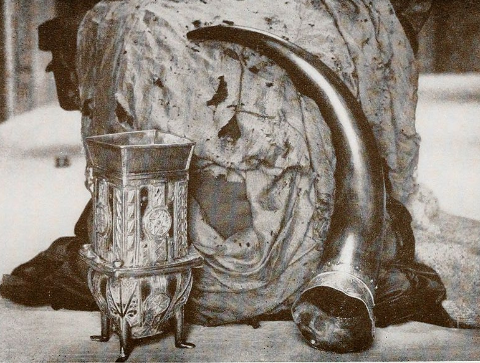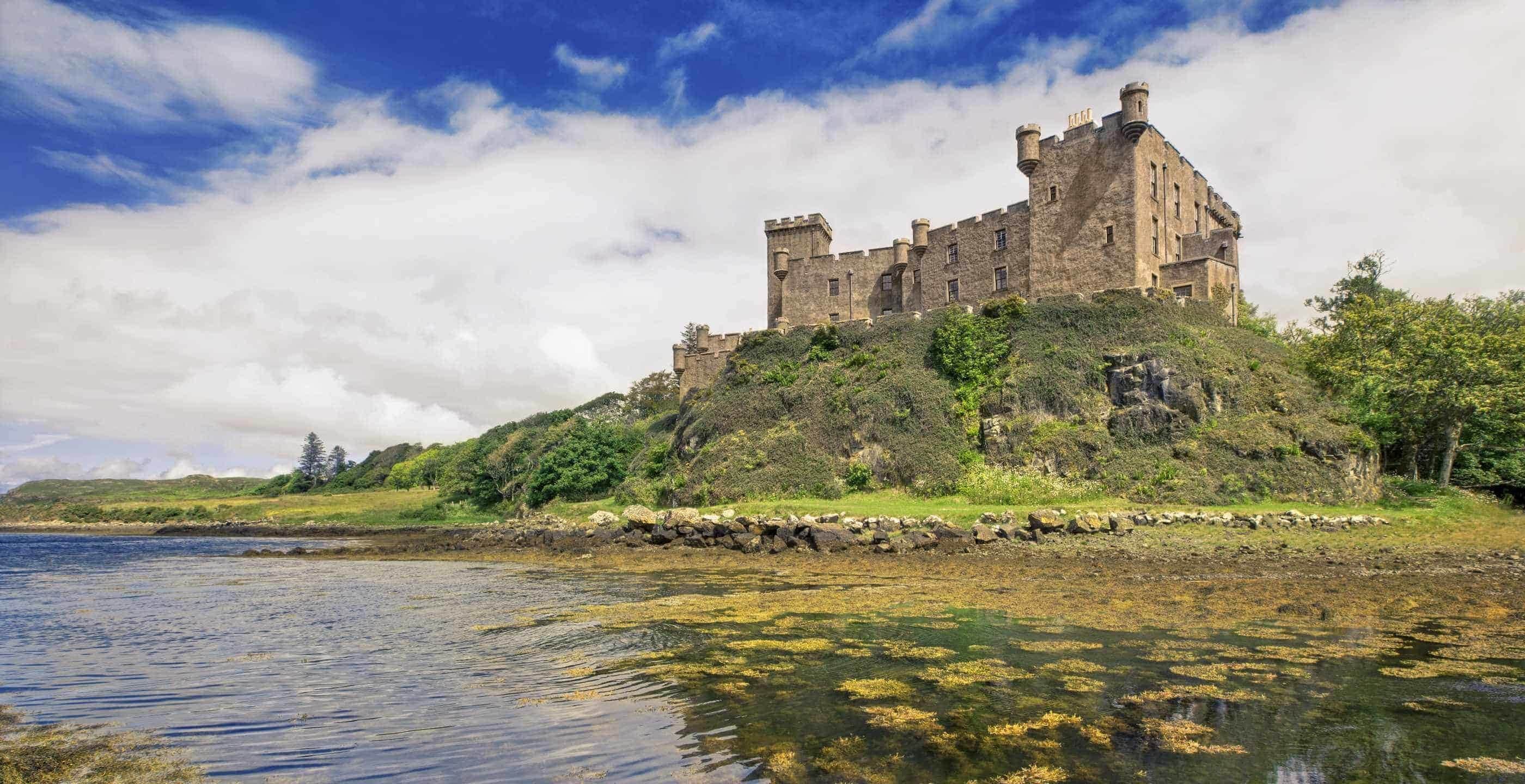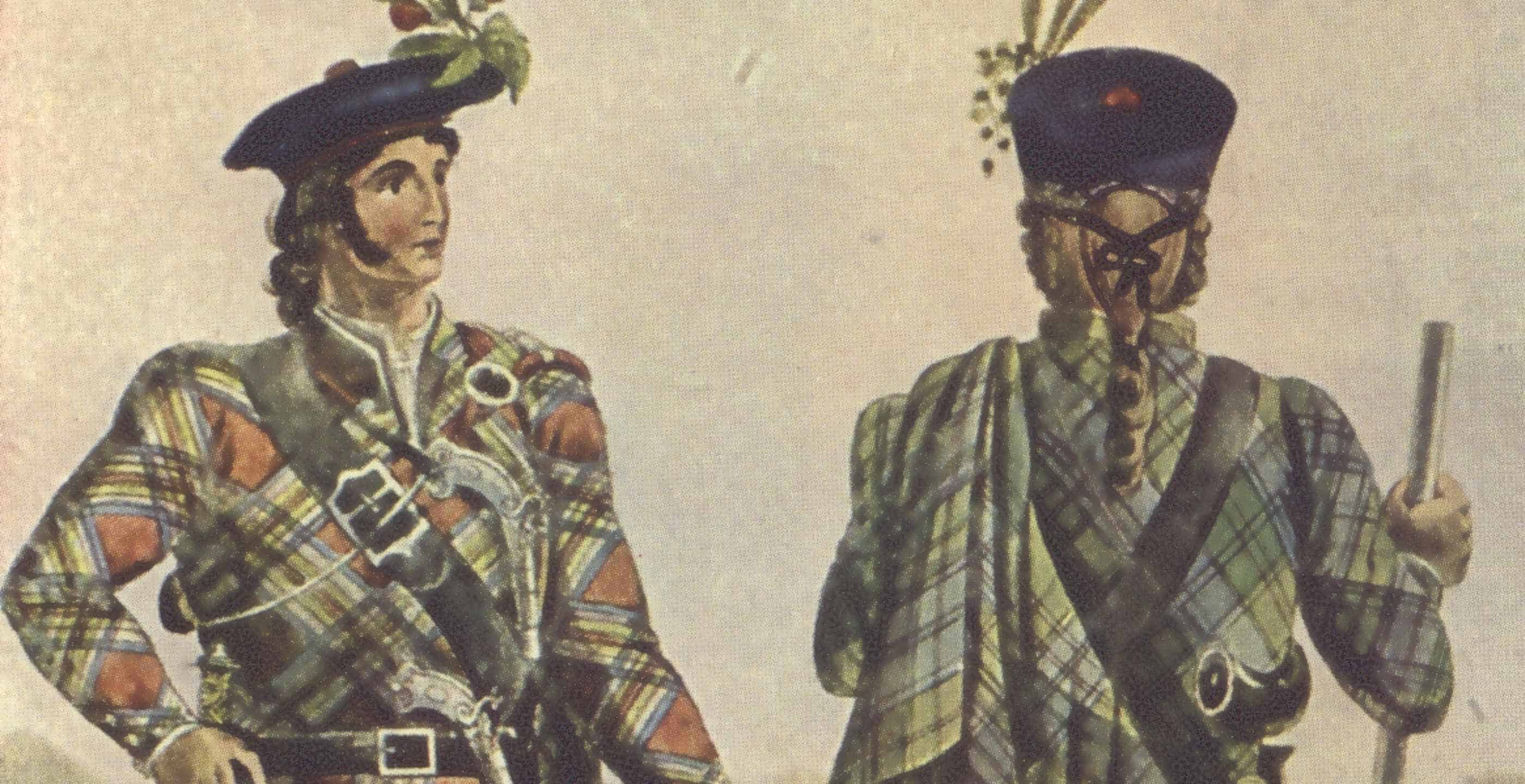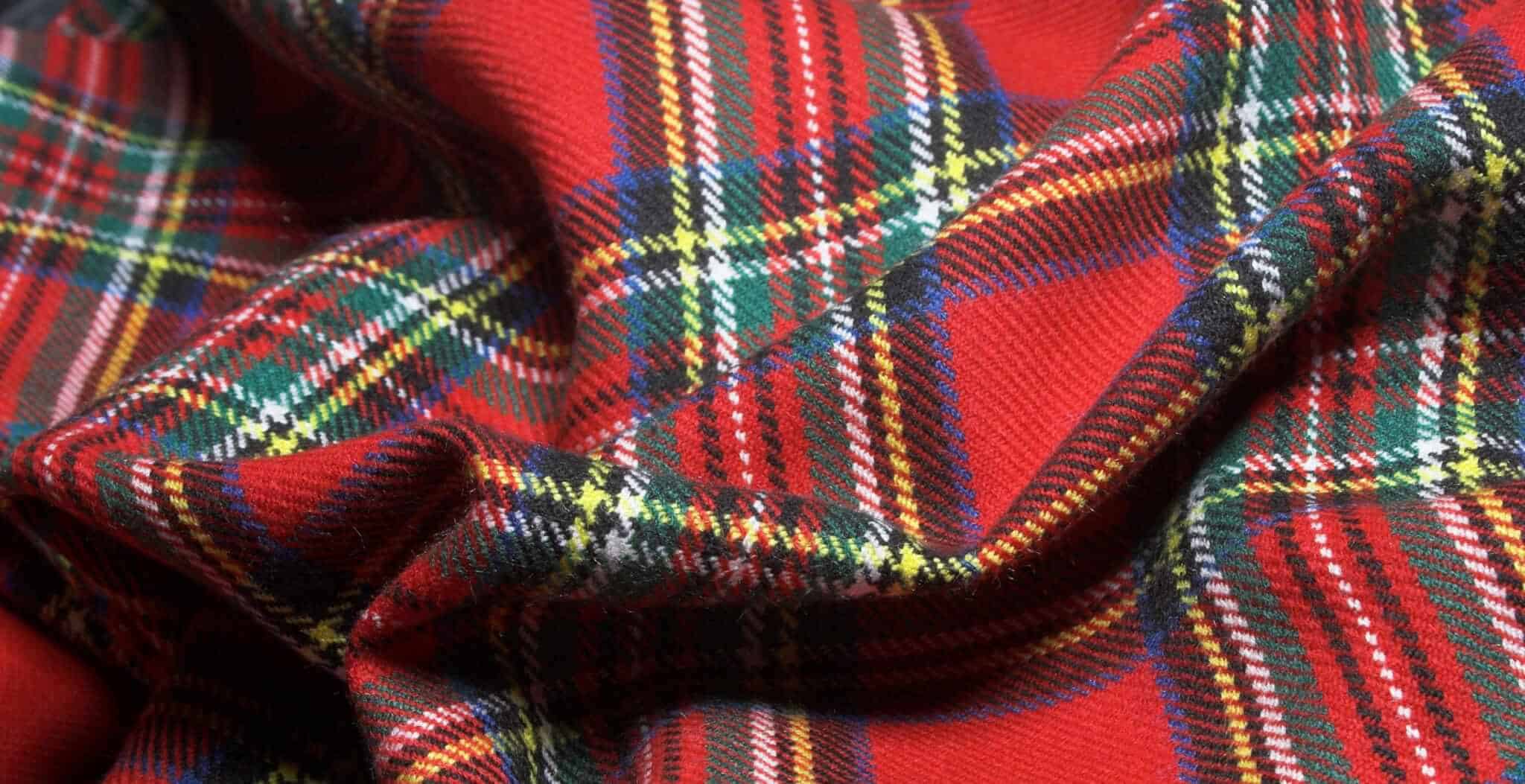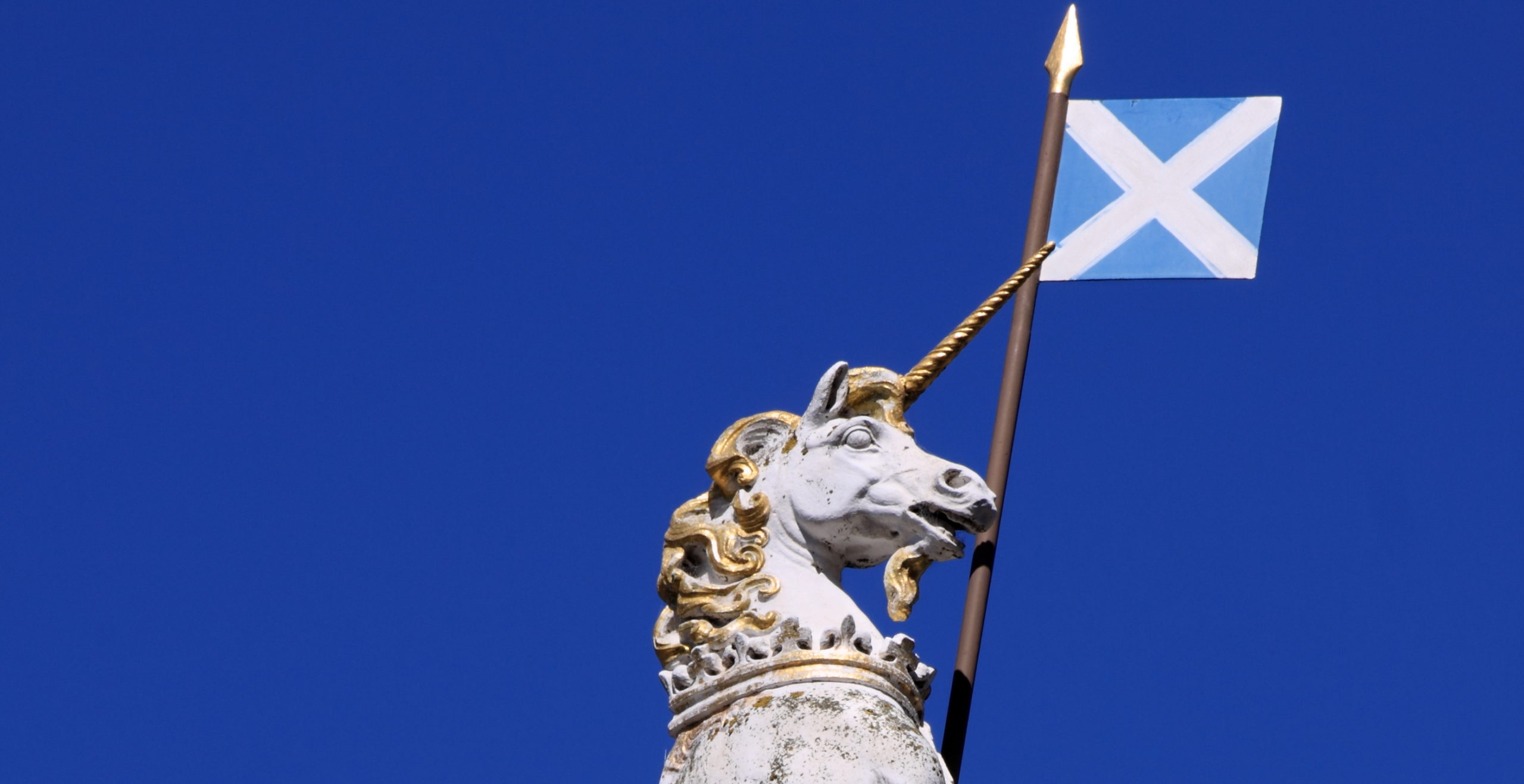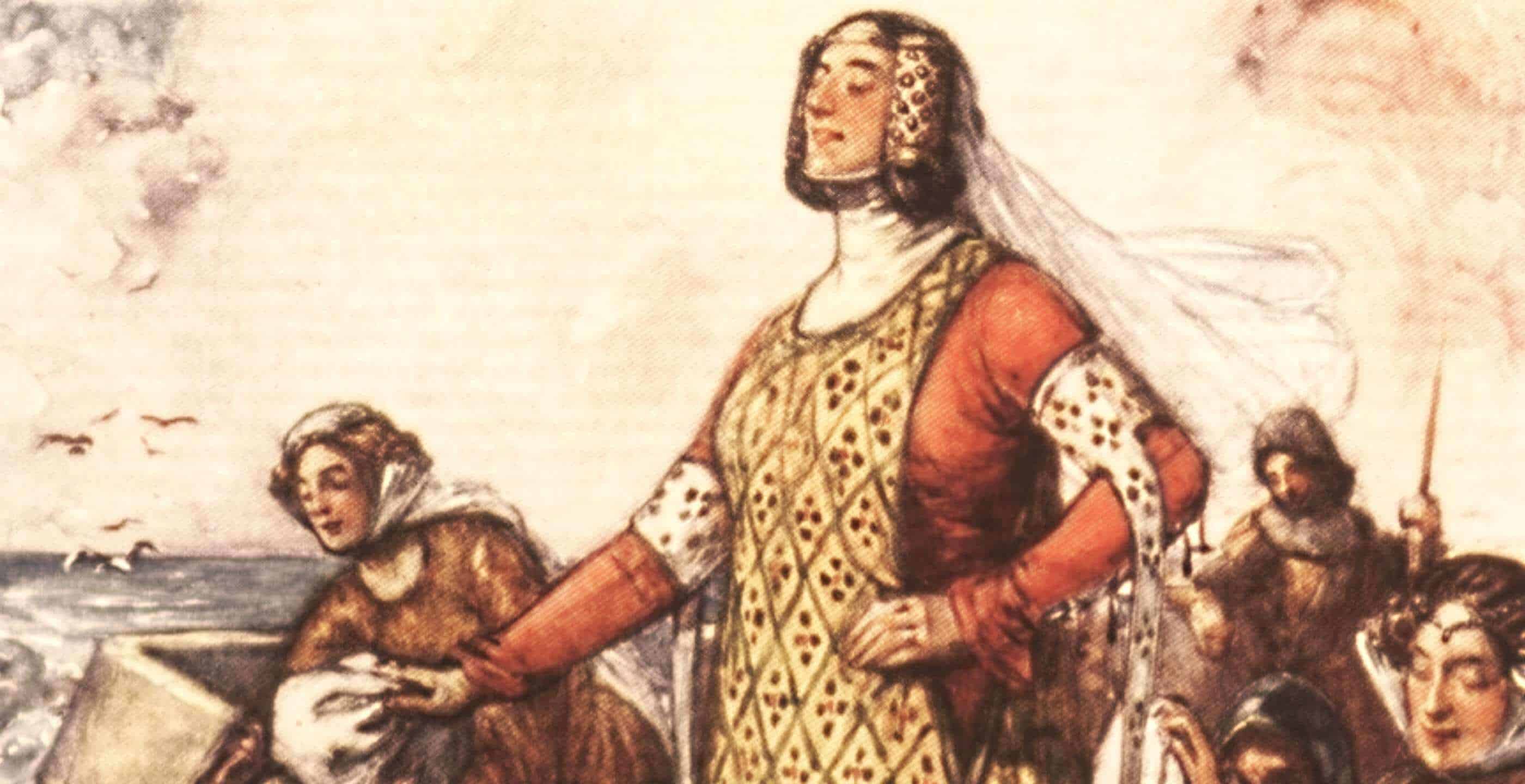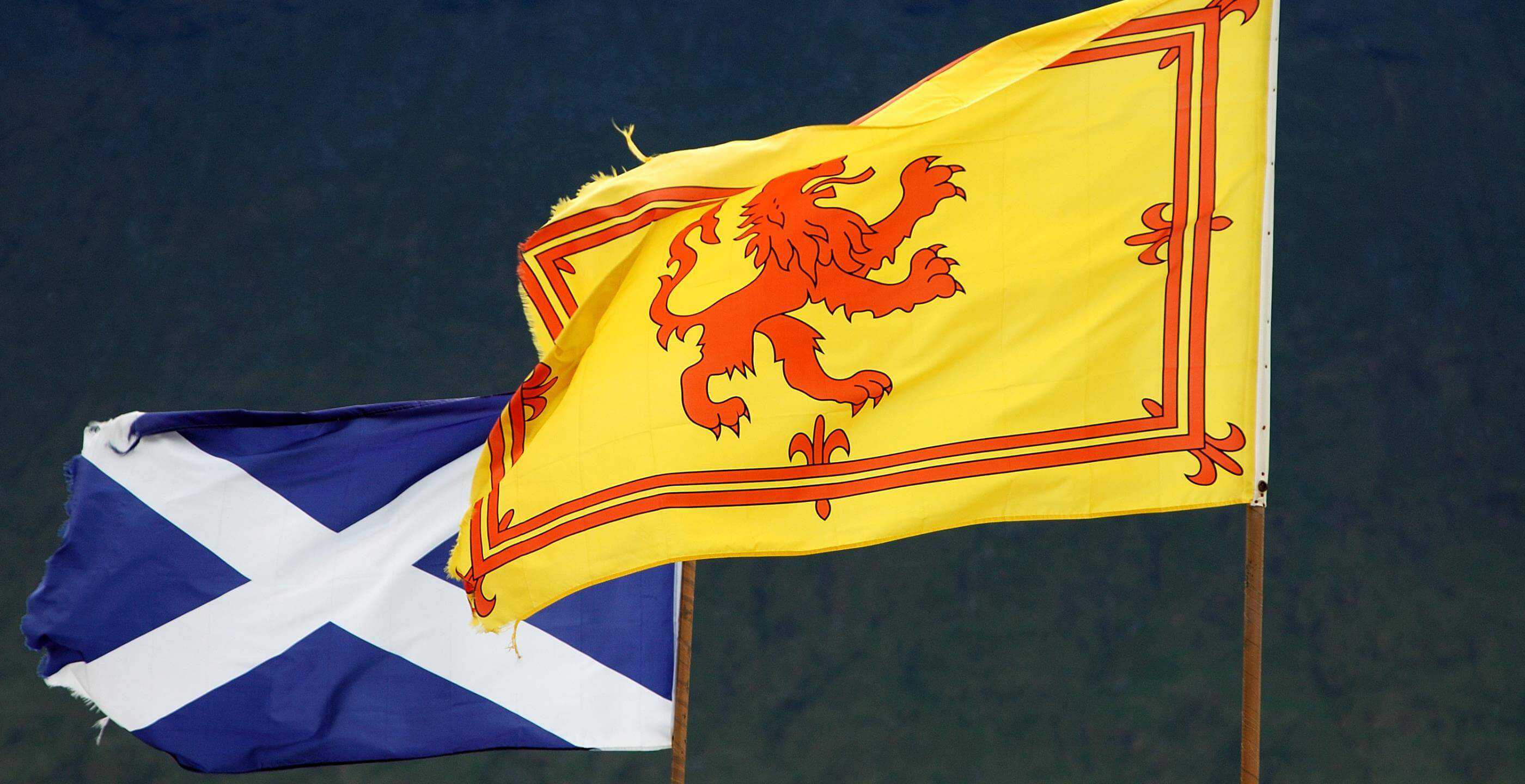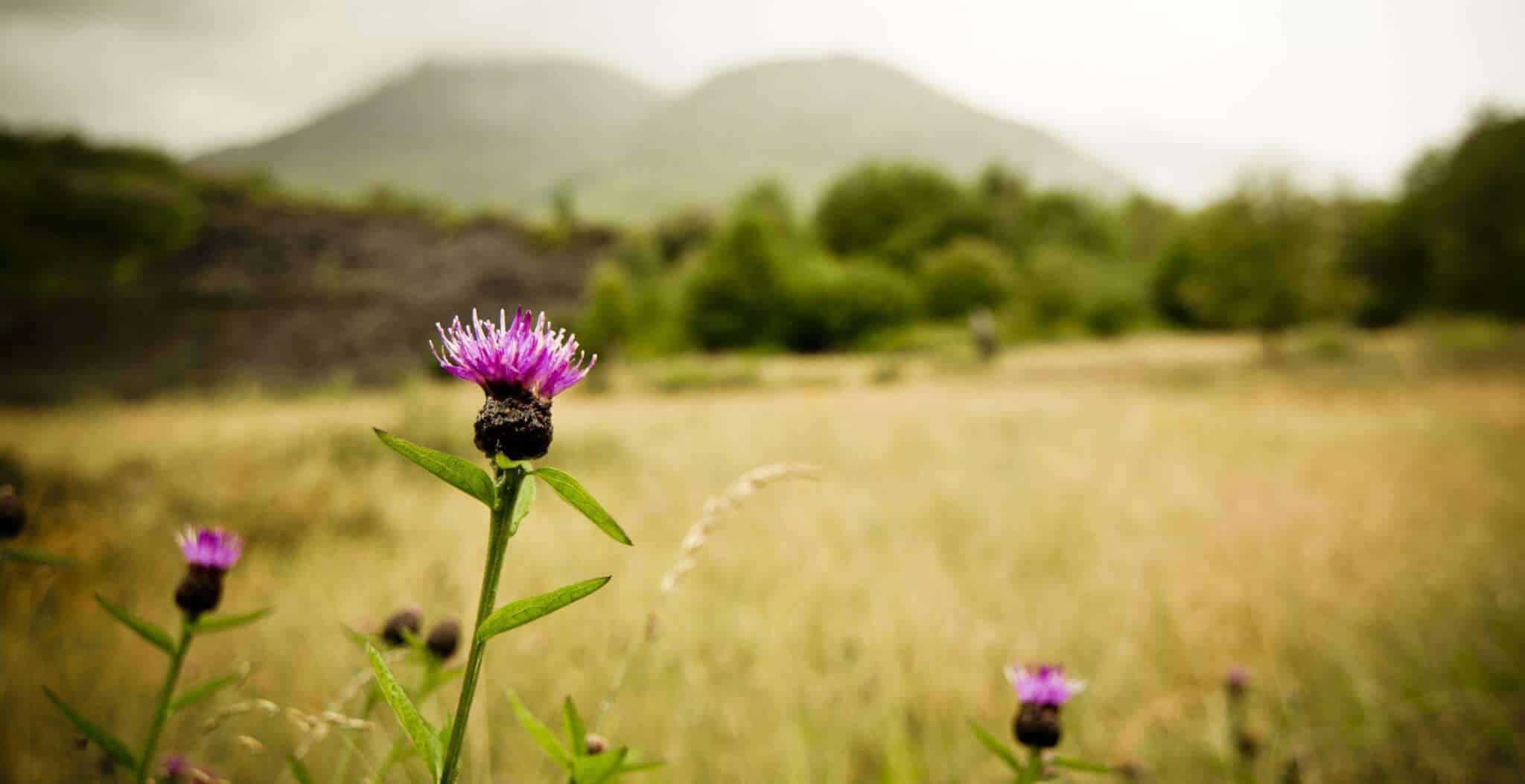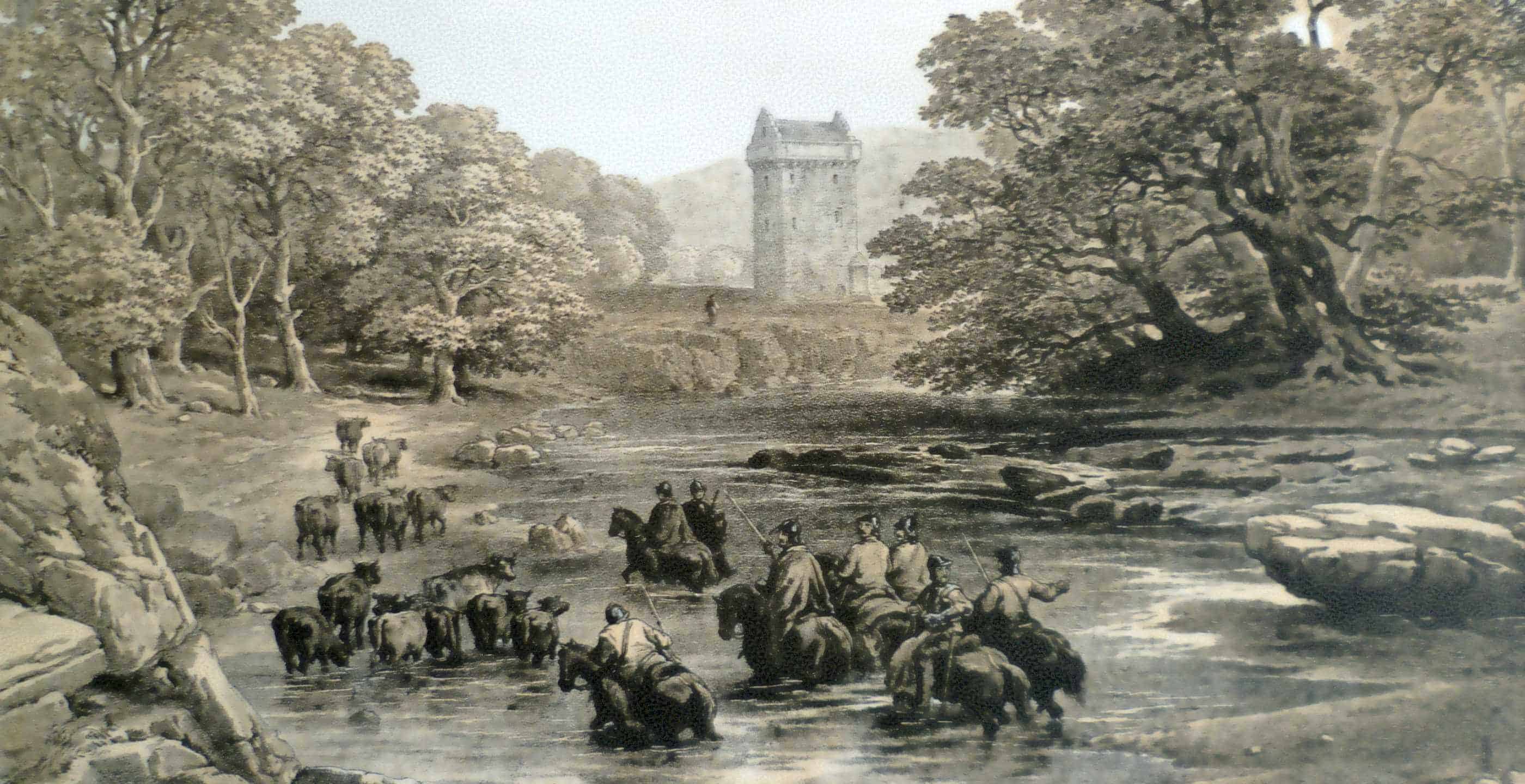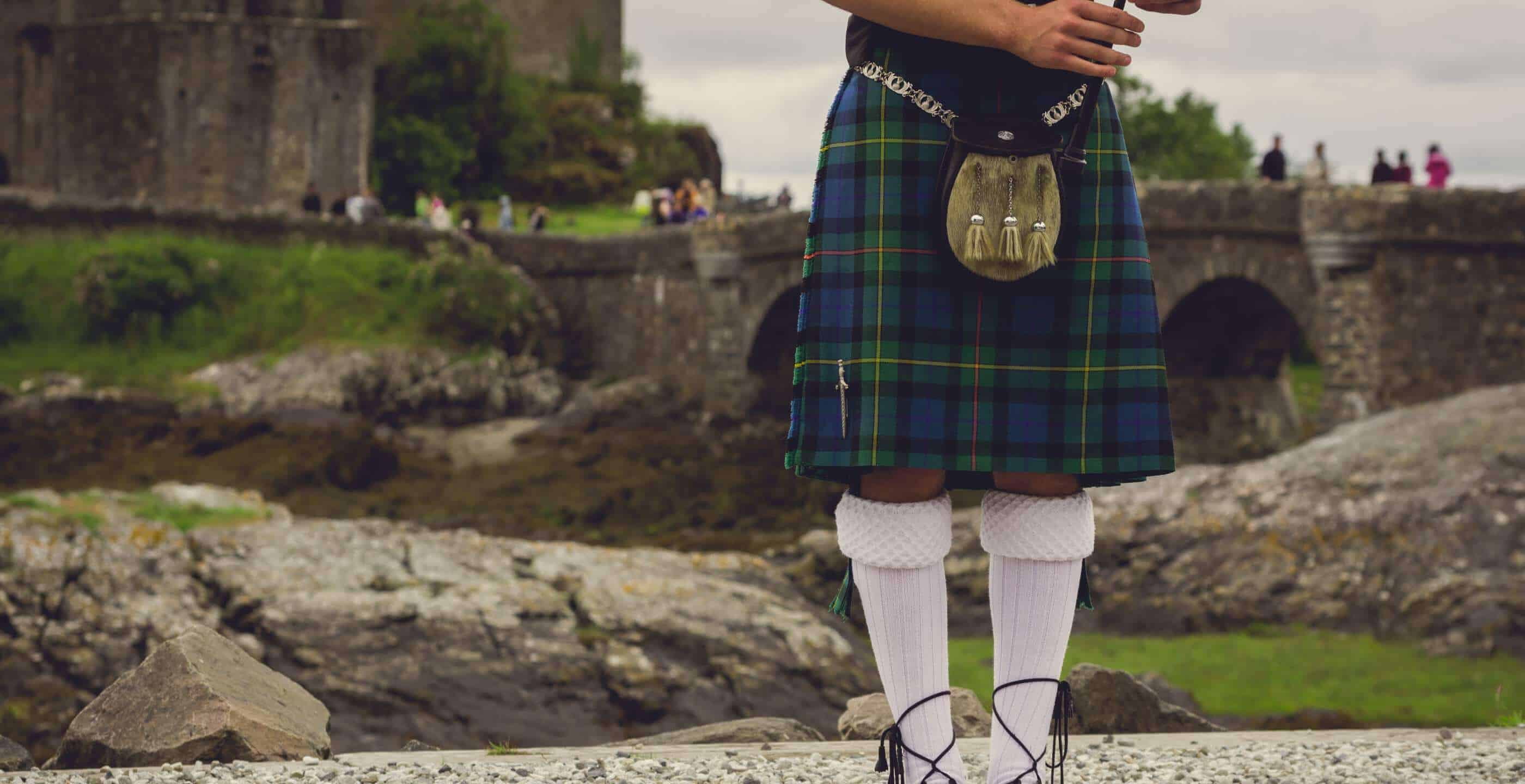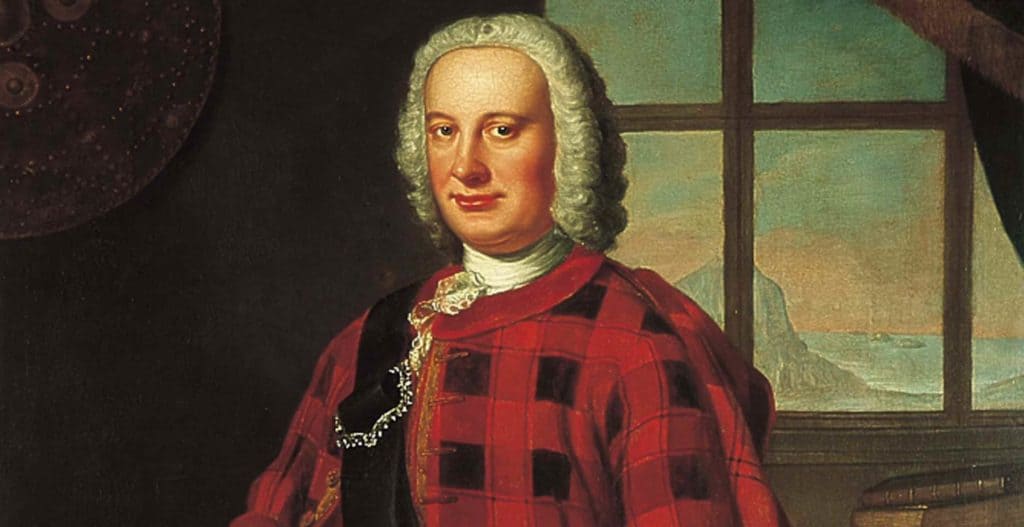In the drawing room of Dunvegan Castle is the most precious treasure of the MacLeods. It is a flag, rather tattered, made of faded brown silk and carefully darned in places. This is the MacLeods’ Fairy Flag.
In 1066, King Harald Hardrada of Norway set out to conquer England. He took with him the magic flag, “Land Ravager”. This flag guaranteed victory to whoever possessed it. At the battle of Stamford Bridge, Harald Hardrada was killed and the flag vanished!
The MacLeods of Dunvegan can trace their ancestry back to Harald and have in their possession a tattered silk flag called the Fairy Flag. How the Fairy Flag came to be in Dunvegan Castle on the Isle of Skye, the MacLeods home, has never been revealed but it was said that a MacLeod received it when he was in the Holy Land on a Crusade.
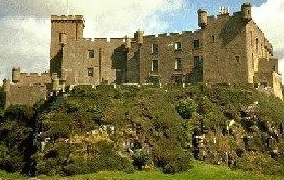
There is a tradition that should the MacLeods be in peril in battle they can unfurl the Fairy Flag and they will then be invincible. But the magic will only work three times, and it has been used twice in the past.
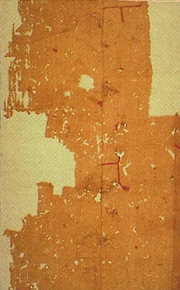
In 1490 the MacLeods were engaged in a desperate battle against the MacDonalds. They unfurled the flag and immediately the tide of battle turned. Many of the MacDonalds were killed and victory went to the MacLeods.
The second time was at Waternish in 1520. Again the MacDonalds, of the Clanranald branch, were the enemy and the MacLeods were hopelessly outnumbered. The Fairy Flag was unfurled and the MacDonalds were beaten!
During the Second World War many young clansmen carried a photograph of the flag as a lucky charm.
Unfortunately the flag did not quite work when Dunvegan Castle was seriously damaged by fire in 1938, but without the Fairy Flag maybe the Castle would have been completely destroyed. Who knows?
